Asian Pear : SHINSEIKI Large Semi-Dwarf (OHxF97) (Orchard Grade)
$37.95
An 'orchard grade' is a tree that may be somewhat shorter, slightly crooked, or a bit scratched, or for some other reason is not a perfect front lawn specimen. These trees will work just as well in an orchard as a first or number one would, since they still produce the very same fruit.
A cross between Nijisseiki and Chojuro, Shinseiki is a medium sized early ripening fruit that has bright yellow skin. Its Honeycrisp-textured white flesh is mild, sweet and extremely juicy. Shinseiki is very precocious and an early producer, sometimes bearing fruit when the tree is only two years old. Fruit stores very well.
SELF-FERTILE | ZONE 4 | HARVEST: MID SEPT.
Only logged in customers who have purchased this product may leave a review.
Growing Tips
Asian Pears are very precocious which means they tend to produce quite heavily when only a few years old. This can result in a weakened tree as all its energy is going into producing fruit instead of forming a sturdy tree. For this reason we recommend removing most of the fruit for the first several years.
All European (regular) and Asian pears will pollinate each other providing their bloom times overlap. Generally you can go by the expected harvest time, meaning only the very early and the very late might not be compatible with each other. However, since Asian pears, on average, bloom earlier than Europeans, you might pair an early European with a mid or late Asian.
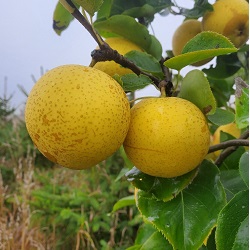
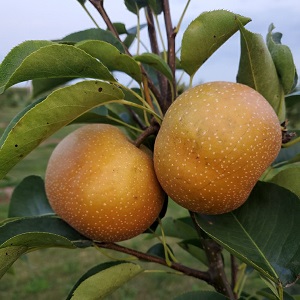
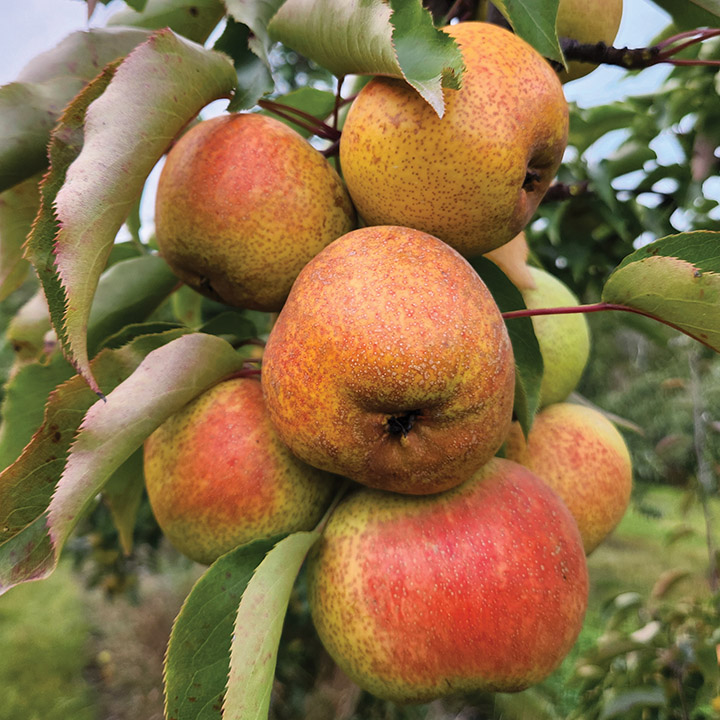
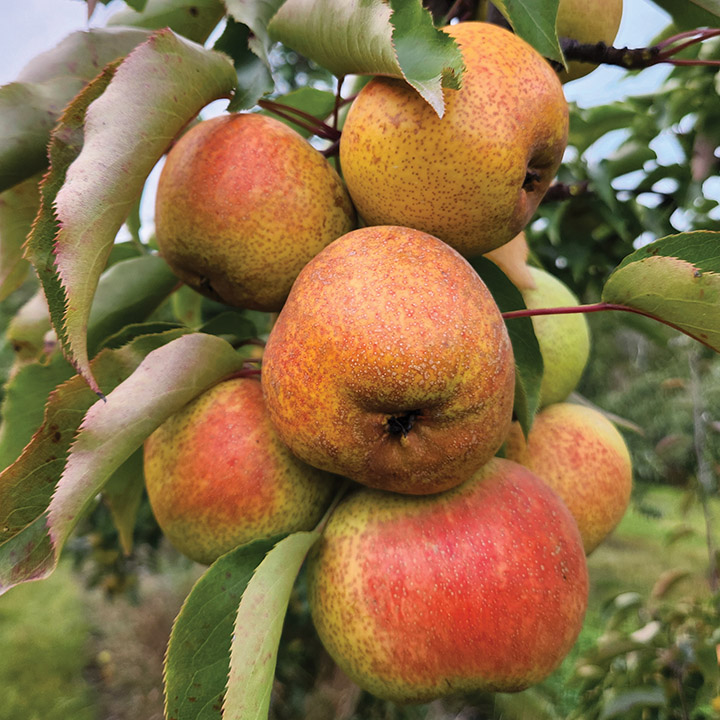
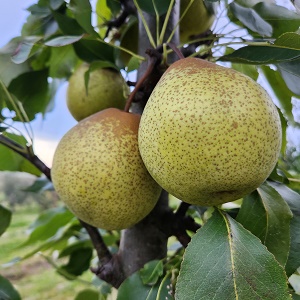
Reviews
There are no reviews yet.